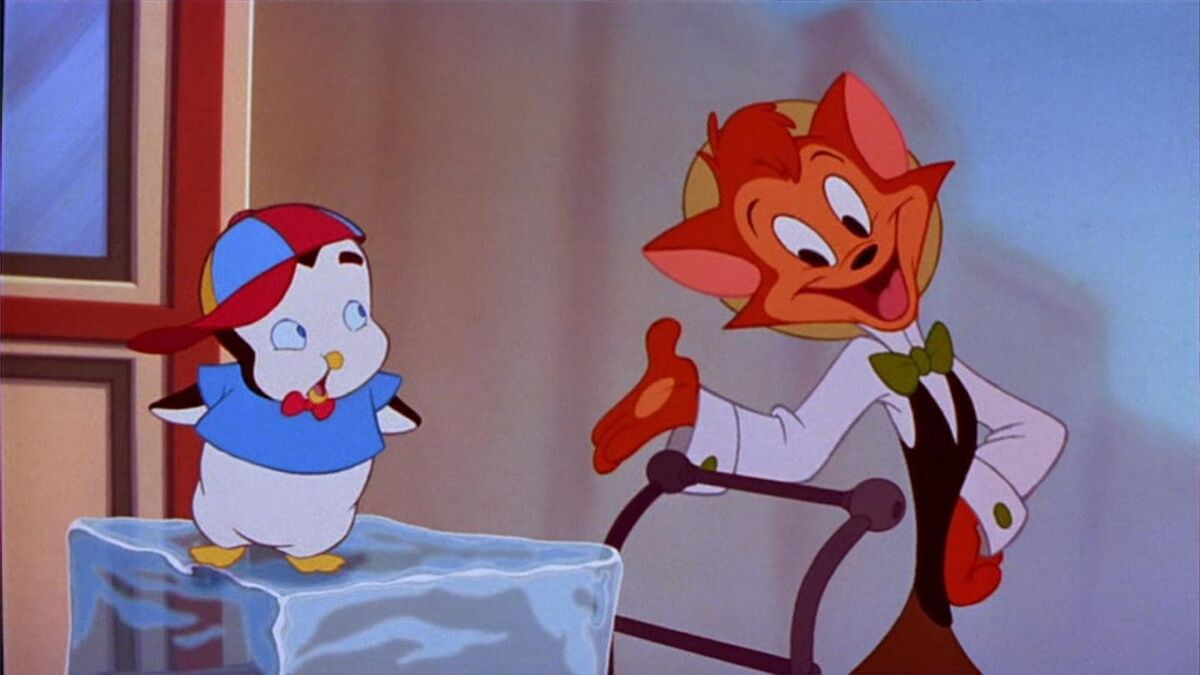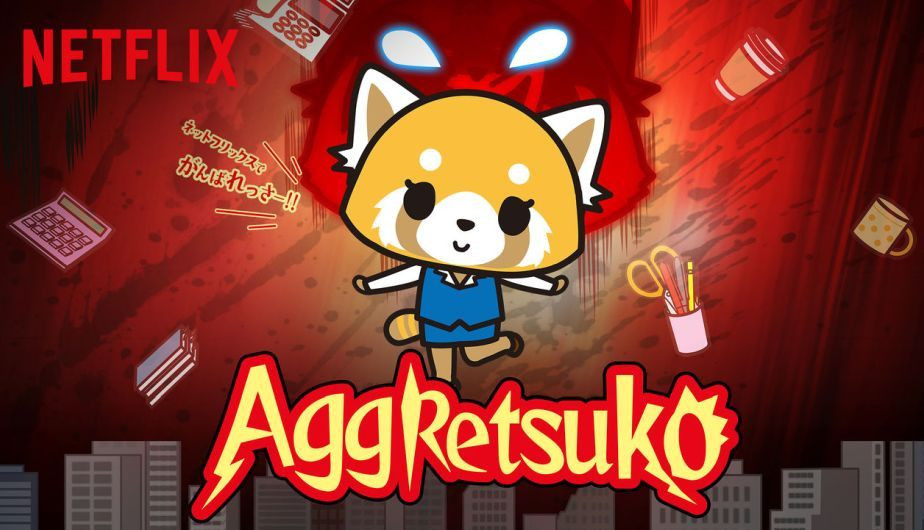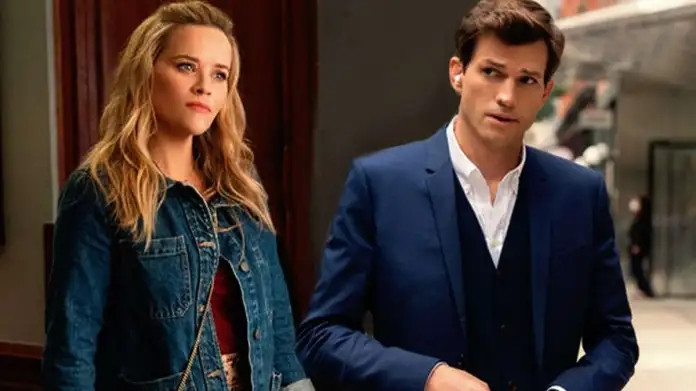Back again for another round of media musings! In the spirit of revisiting animated classics and new releases, let’s dive into a film that initially seems like a lighthearted musical but reveals a surprising depth upon closer inspection. We’re talking about Cats Don’t Dance, a movie that might just have more to say than you initially realize.
A Nostalgic Look at ‘Cats Don’t Dance’
Recently, revisiting Cats Don’t Dance (IMDb link) was prompted by a wave of nostalgia. It’s a film that holds a special place for some, and watching it again brought back that familiar charm. For those unfamiliar, the story centers on Danny, an optimistic cat from a small town who journeys to Hollywood with big dreams of becoming a movie star. Danny is a talented dancer, eager to share his passion with the world and grace the silver screen. However, Hollywood presents a stark reality: animal performers are relegated to background roles, regardless of their singing, dancing, or acting prowess. Lead roles are exclusively for humans.
 Danny from Cats Don
Danny from Cats Don
On first viewing, Cats Don’t Dance is undeniably enjoyable. The animation is vibrant, the musical numbers are catchy and well-choreographed, and the narrative wraps up neatly. It feels like a perfectly pleasant, albeit slightly short, animated film. It hits all the expected beats of a feel-good movie, delivering a satisfying resolution. It’s easy to appreciate it simply as a fun cartoon musical.
More Than Meets the Eye: Uncovering the Film’s Subtext
However, a second viewing of Cats Don’t Dance brings a more profound understanding to the surface. It dawns on you that the film is operating on a deeper level, subtly commenting on Hollywood’s historical biases. Hollywood has, for a long time, favored a very specific demographic for leading roles, often marginalizing others. While progress has been made in recent years towards greater inclusivity, the film industry’s history is marked by prejudice, a problem that requires ongoing effort to address.
Hollywood’s History of Prejudice Reflected in Animation
Cats Don’t Dance, through its animated narrative, cleverly mirrors this real-world issue. The animals being denied leading roles can be interpreted as a metaphor for marginalized groups historically excluded from the spotlight in Hollywood. Danny’s struggle against the status quo, his fight to be seen and valued for his talent regardless of being an animal, resonates with the broader fight for representation and equality within the entertainment industry. The film’s seemingly simple plot about animals wanting starring roles becomes a poignant allegory for the fight against prejudice in Hollywood. This interpretation adds significant weight to Cats Don’t Dance, transforming it from a mere children’s movie into a film with meaningful social commentary.
The Power of Subtlety in Storytelling
What’s particularly impressive about Cats Don’t Dance is its subtlety. The film doesn’t explicitly preach about prejudice; instead, it weaves the theme into the narrative in a way that allows viewers to discover it organically. The colorful and playful presentation initially masks the deeper message, making the eventual realization even more impactful. This understated approach demonstrates a trust in the audience’s ability to grasp complex themes without being overtly told what to think. It’s a testament to the filmmakers’ skill in crafting a story that entertains on the surface while also prompting thoughtful reflection on important social issues.
Musical Brilliance: ‘Big and Loud’
Beyond its thematic depth, Cats Don’t Dance is also a standout for its musical numbers. In particular, the song “Big and Loud” ([YouTube link if available, or just mention the song title]) is a true highlight. Everything about this musical piece, from the energetic choreography to the powerful vocals and dynamic animation, is exceptionally well-executed. It’s a memorable and exhilarating moment in the film, showcasing the musical talent and creative energy poured into Cats Don’t Dance. The song perfectly encapsulates Danny’s ambition and determination, further enhancing the film’s overall impact.
Aggretsuko Season 5: A Sense of Indifference
Shifting gears, the final season of Aggretsuko (IMDb link) has arrived, and the overall feeling is one of mild indifference. While Aggretsuko initially resonated strongly, especially with its first season capturing the millennial angst of corporate disillusionment, later seasons haven’t quite recaptured that initial spark. Season 1’s exploration of workplace frustrations and the search for meaning in mundane office life was incredibly relatable. However, subsequent seasons, while exploring other facets of Retsuko’s life, haven’t maintained the same level of engagement.
 Aggretsuko cover art.
Aggretsuko cover art.
Season 5’s focus on Retsuko’s relationship with Haida feels somewhat underwhelming. The “will they, won’t they” dynamic has stretched on, but Haida’s character development hasn’t progressed enough to make the audience fully invested in this romantic pairing. After four seasons of Haida largely remaining a background figure, the culmination of their relationship feels somewhat flat. Despite reservations about the central plotline, the series finale itself offers a satisfying send-off. Seeing all the characters come together to bid farewell to the audience provides a nice sense of closure to this five-year journey.
Your Place or Mine: Rom-Com Disappointment
On a lighter note, indulging in cheesy rom-coms is a guilty pleasure, and Your Place or Mine ([Netflix link if available, or just mention Netflix]) seemed like a perfect candidate for a movie night. However, this film unfortunately lands on the lower end of the rom-com spectrum. It attempts a different approach to the genre formula, but ultimately falls short.
 Picture of 2 leads from Your Place or Mine.
Picture of 2 leads from Your Place or Mine.
Traditional rom-coms thrive on placing two characters in shared, often comical situations, allowing their chemistry to develop organically. Your Place or Mine deviates from this by having the two leads swap homes for a week. While this setup leads to individual “rom-com hijinks” in separate locations, it fundamentally undermines the core element of the genre: the developing relationship between the leads. They rarely interact directly, resulting in a love story that feels strangely absent. While the attempt to innovate within the rom-com format is appreciated, Your Place or Mine doesn’t quite succeed in blending its elements effectively, leaving a somewhat unsatisfying viewing experience despite the talented cast.
That concludes this media update for now. The next installment may be a bit delayed, but the plan is to broaden the scope beyond just films and television, perhaps delving into books next time. Until then, hoping you enjoyed this exploration of animated movies, rom-coms, and the surprising depths hidden within seemingly simple stories like Cats Don’t Dance.
